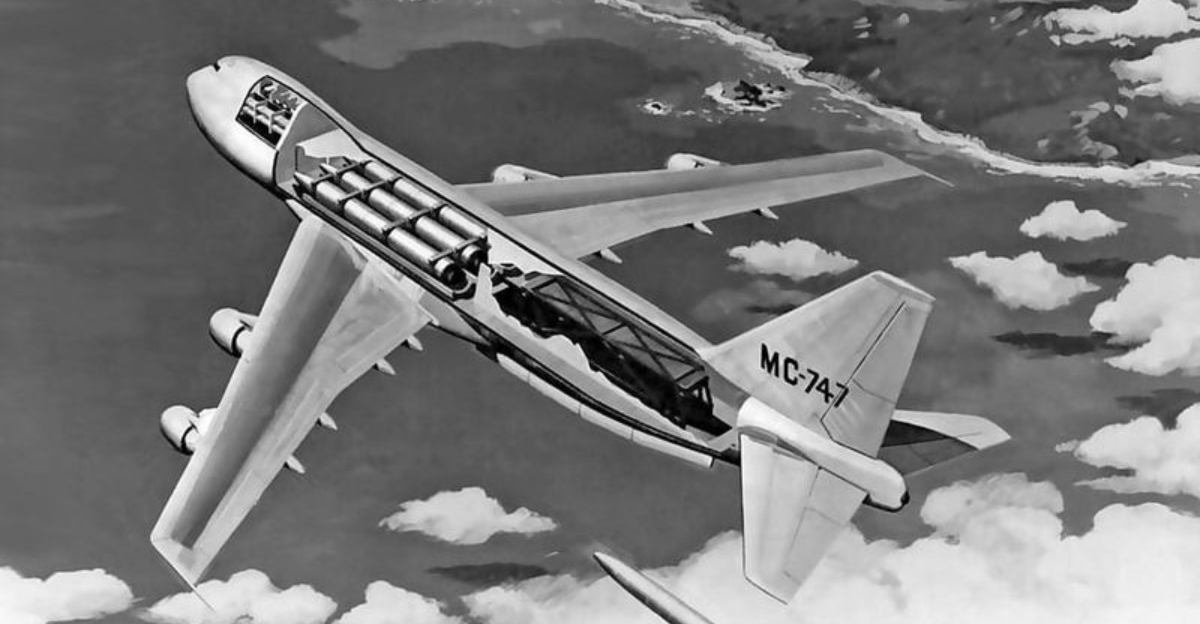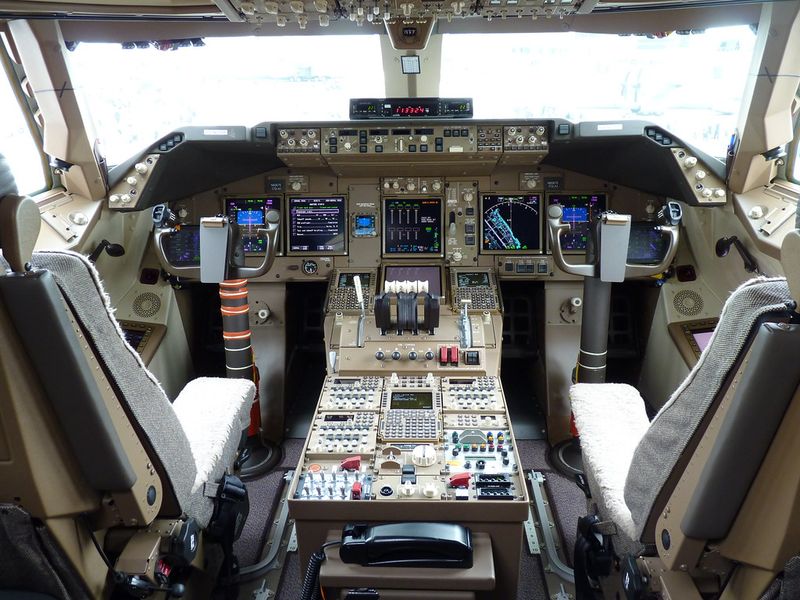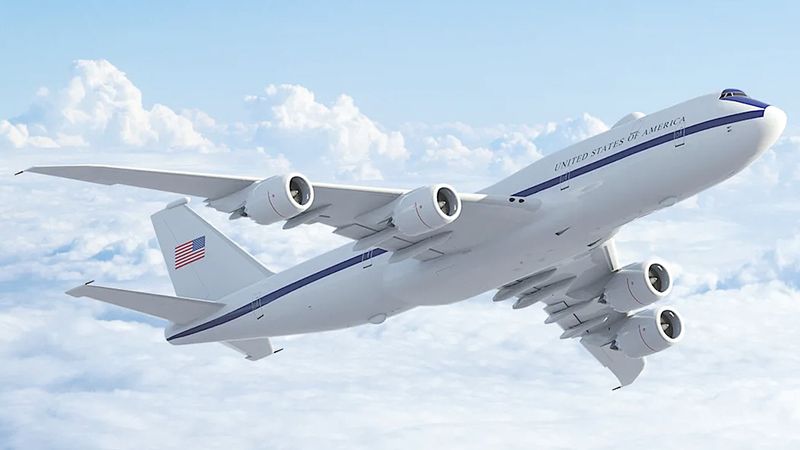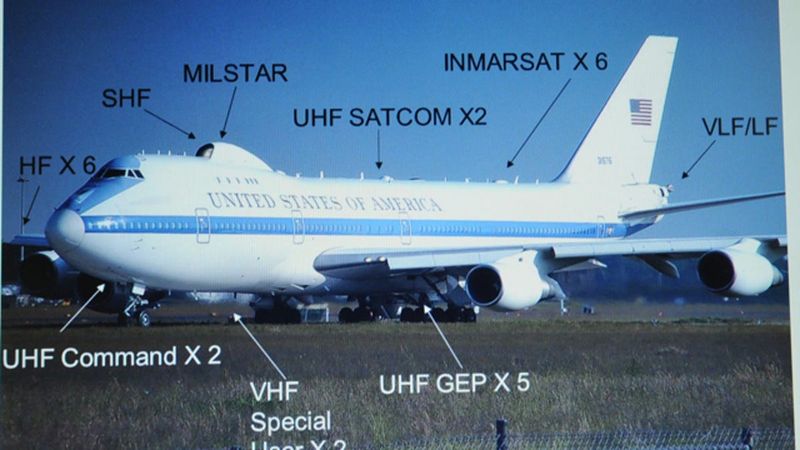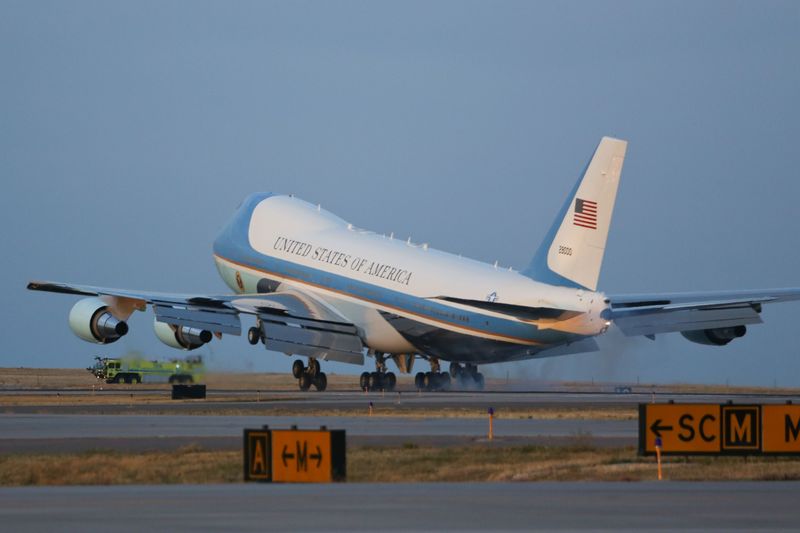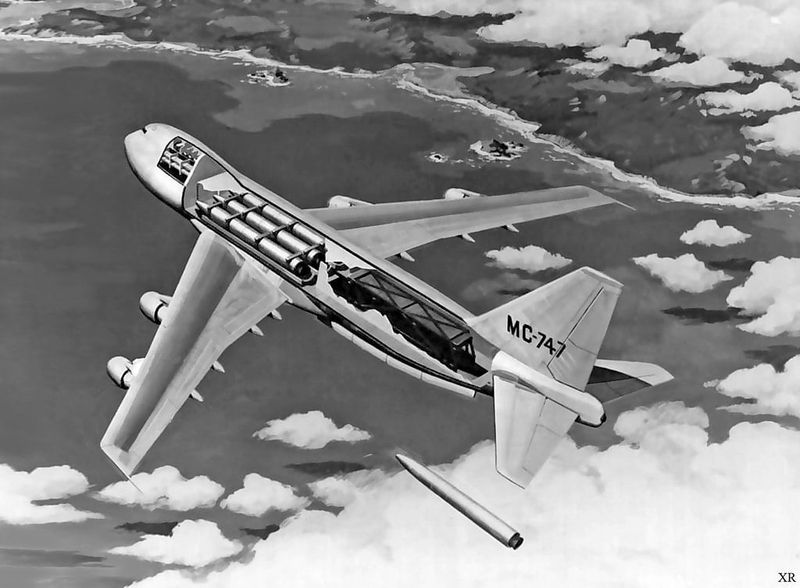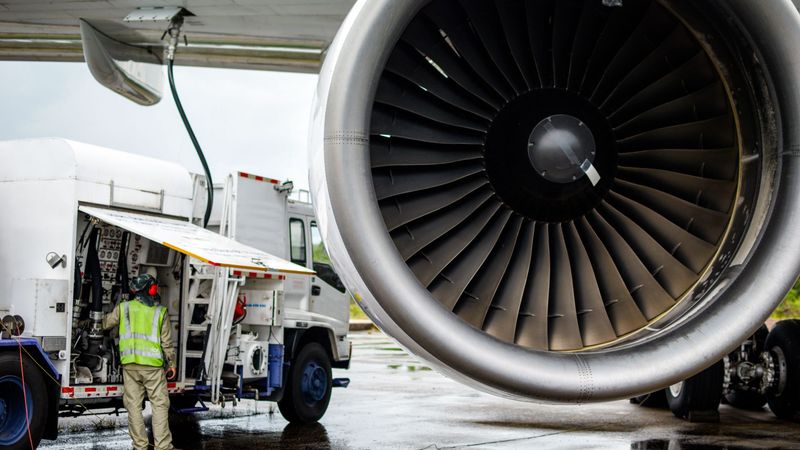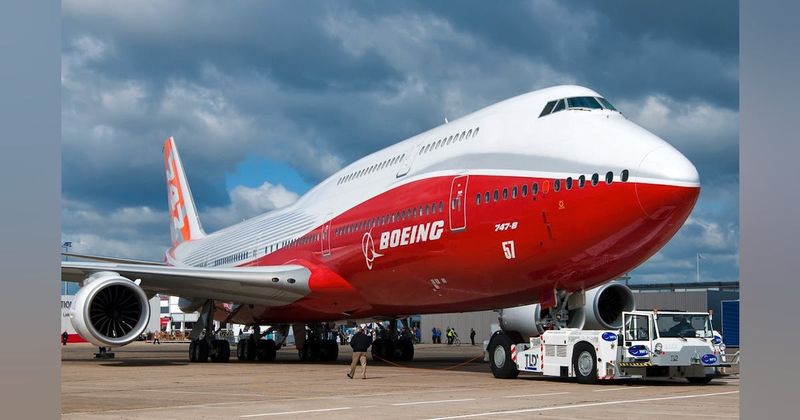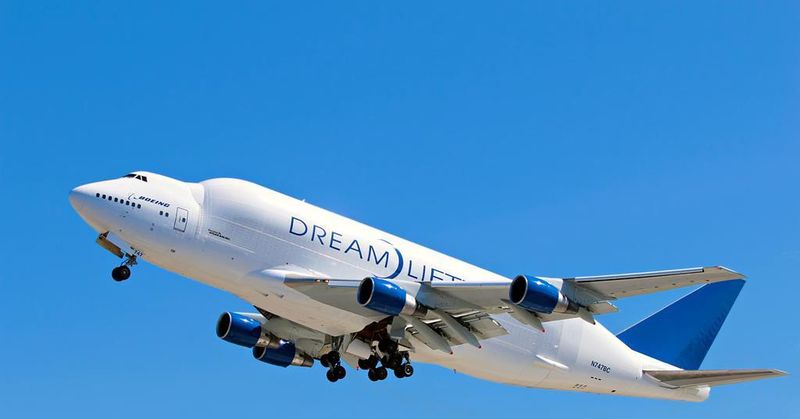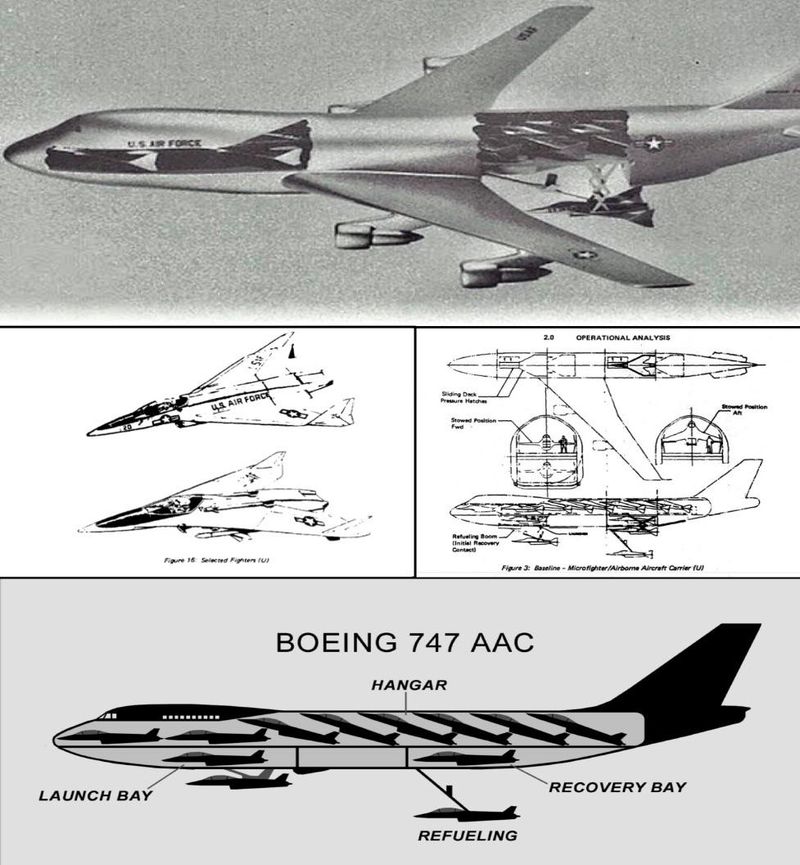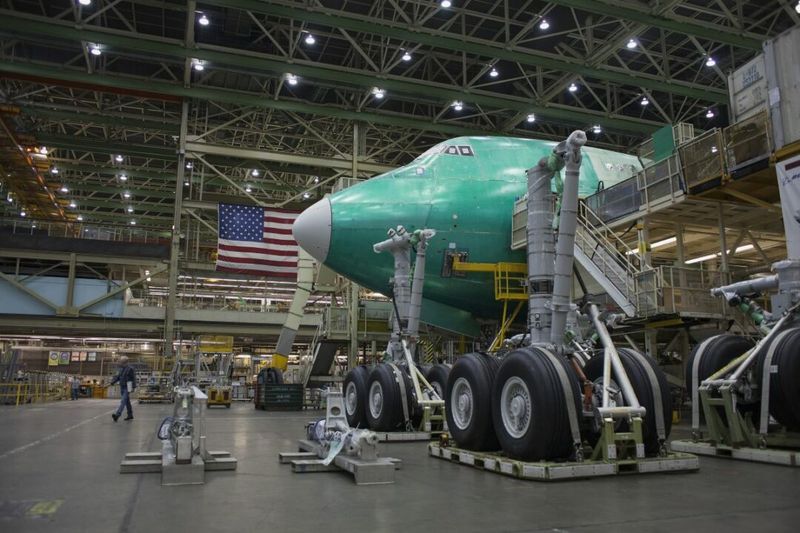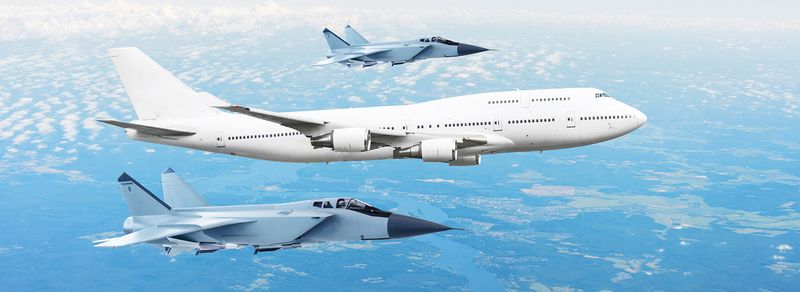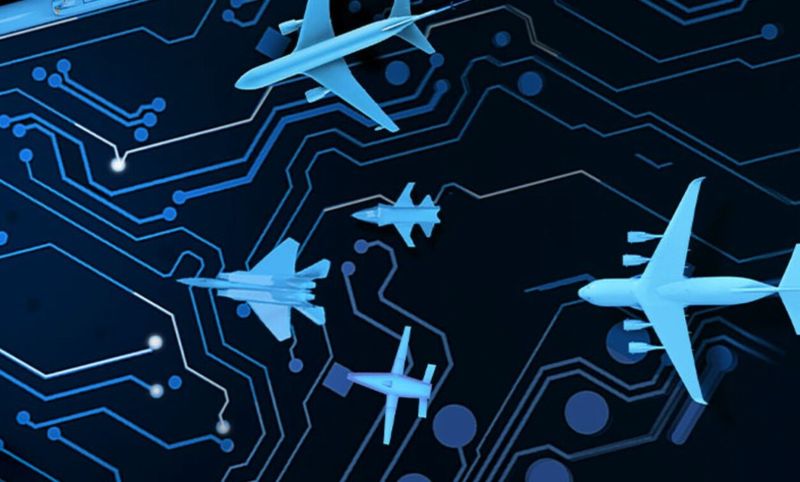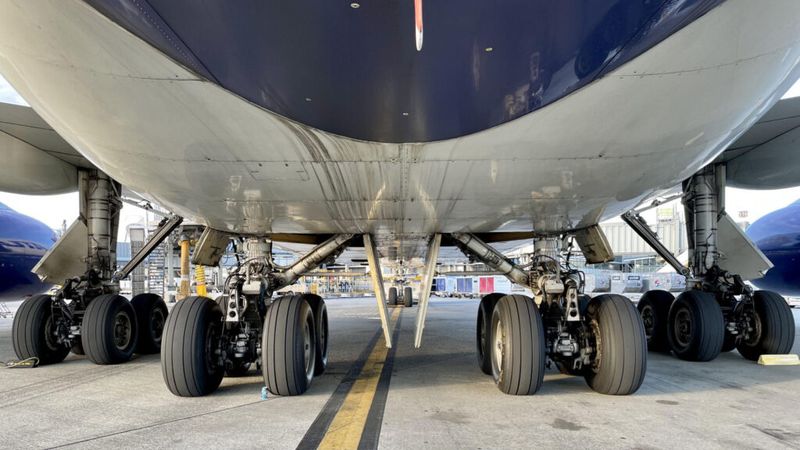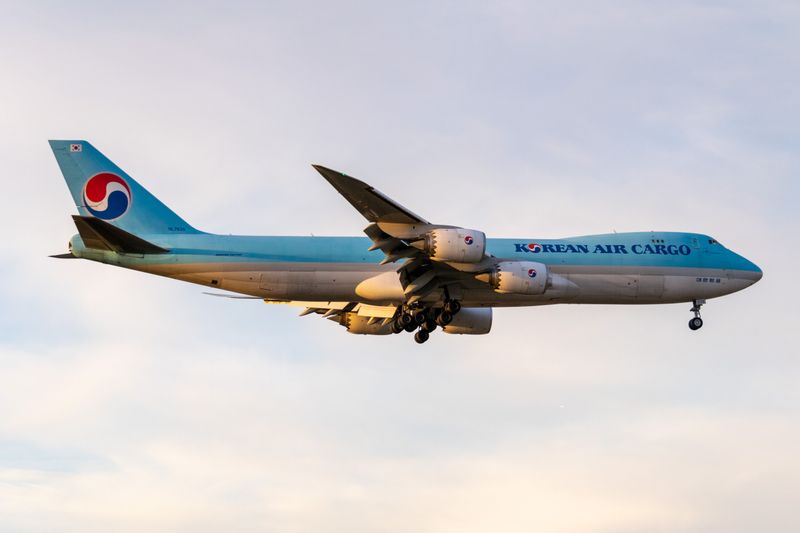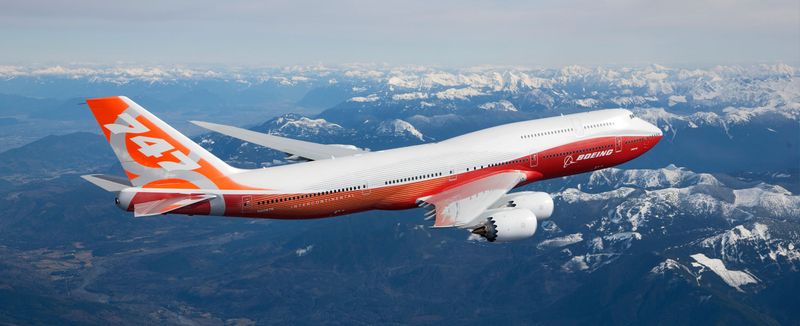Discover the intriguing world of Boeing’s Cruise Missile–Armed 747, a marvel of military engineering. This aircraft, designed to carry and deploy cruise missiles, incorporates cutting-edge technology and strategic innovations.
Explore 16 secrets that highlight the plane’s role in modern warfare, shedding light on its advanced capabilities, strategic advantages, and unique design features.
From the integration of sophisticated avionics to the utilization of stealth technologies, each item provides a glimpse into the extraordinary engineering that powers this formidable aircraft.
1. Advanced Avionics
The Boeing 747 is equipped with state-of-the-art avionics, crucial for modern military operations. These advanced systems enhance navigation, communication, and flight control, ensuring precise mission execution.
The avionics suite includes digital displays, automated flight control systems, and secure communication links, all designed to operate in the most challenging environments.
These features not only improve the aircraft’s operational efficiency but also provide pilots with real-time data for tactical decision-making. Additionally, the integration of advanced sensors aids in threat detection and situational awareness, making the aircraft a formidable asset in defense strategies.
2. Stealth Technology Integration
Stealth technology is a game-changer for the Boeing 747, enabling it to evade enemy radar detection. By incorporating radar-absorbing materials and design modifications, the aircraft can operate covertly, minimizing detection risks.
These innovations allow it to approach targets stealthily, increasing mission success rates. The stealth capabilities are complemented by electronic countermeasures that further obscure its presence from enemy systems.
This dual approach ensures that the aircraft remains a step ahead in hostile environments. The seamless integration of these technologies highlights Boeing’s commitment to advancing modern warfare tactics.
3. Strategic Airborne Command Center
The Boeing 747 serves as a strategic airborne command center, equipped with cutting-edge communication and coordination technologies. This flying fortress enables military leaders to oversee operations from the sky, maintaining command even in remote or hostile territories.
The interior is outfitted with advanced equipment, including encrypted communication links and real-time data feeds. This ensures seamless coordination with ground forces and other assets.
The flexibility of an airborne command center enhances decision-making and response times, providing a strategic edge in dynamic combat environments.
4. Enhanced Defensive Systems
Equipped with enhanced defensive systems, the Boeing 747 is designed to protect itself from various threats. These systems include electronic jammers, flares, and chaff dispensers, all aimed at neutralizing enemy attacks.
The defensive measures are integrated into the aircraft’s design, allowing automatic deployment in response to detected threats. This proactive defense strategy ensures the aircraft’s survivability during missions.
The combination of defensive technologies helps maintain the plane’s operational integrity, allowing it to fulfill its mission objectives effectively, even when under threat from enemy forces.
5. Cruise Missile Deployment System
The ability to deploy cruise missiles from a Boeing 747 is a strategic advantage in military operations. This capability is facilitated by a sophisticated deployment system, allowing for precision targeting and controlled launches.
The missile bay, ingeniously designed, ensures quick and efficient missile release, even at high speeds. This system transforms the aircraft into a mobile missile platform, extending its operational reach and flexibility.
By marrying air mobility with missile firepower, the 747 becomes an adaptable asset in various combat scenarios, providing unparalleled support to ground forces.
6. High Capacity Fuel Tanks
The Boeing 747’s high capacity fuel tanks enable extended missions without the need for frequent refueling. This capability is essential for long-range operations, allowing the aircraft to cover vast distances and remain airborne for prolonged periods.
The fuel system is designed to maximize efficiency, reducing the need for mid-air refueling and increasing operational readiness. The strategic placement of fuel tanks also contributes to the aircraft’s balance and flight stability.
This ensures that the 747 can sustain operations across diverse environments and remain a reliable asset in military campaigns.
7. Sophisticated Radar Systems
Sophisticated radar systems on the Boeing 747 provide unmatched surveillance capabilities. These systems allow for early threat detection and comprehensive battlefield awareness, crucial for mission planning and execution.
The radar’s range and accuracy enable the aircraft to monitor vast areas, tracking both airborne and ground targets. This enhances the aircraft’s role as an intelligence-gathering platform, feeding critical data to command centers.
The integration of these radar systems underscores the aircraft’s versatility and adaptability in ever-changing combat scenarios, ensuring that it remains an indispensable tool in modern warfare.
8. Modular Payload Configuration
The modular payload configuration of the Boeing 747 allows for customization based on mission requirements. This flexibility enables the aircraft to carry various payloads, from missiles to surveillance equipment, adapting to diverse operational needs.
The design facilitates quick reconfiguration, ensuring readiness for different mission types without significant downtime. The ability to modify the payload enhances the aircraft’s utility, making it suitable for a range of roles, from direct combat to reconnaissance.
This adaptability is a testament to Boeing’s innovative approach, ensuring the 747 remains relevant across multiple military applications.
9. Robust Airframe Design
The robust airframe design of the Boeing 747 provides exceptional durability and resilience, essential for its demanding military role. Constructed from high-strength materials, the airframe withstands the stresses of various flight conditions, ensuring long-term operational capability.
The design incorporates redundant systems and structural reinforcements that enhance safety and reliability. Regular maintenance and inspections keep the airframe in optimal condition, ready to meet the challenges of military missions.
This sturdy construction is a key factor in the aircraft’s success, supporting its diverse range of operations worldwide.
10. Innovative Power Management
Innovative power management systems on the Boeing 747 ensure the efficient operation of all onboard systems. These systems regulate electrical distribution, optimizing energy use across various components, from avionics to defensive technologies.
The power management setup enhances the aircraft’s operational efficiency, reducing the risk of power shortages during critical missions. Engineers continuously monitor and adjust these systems to maintain optimal performance.
This proactive approach to power management is crucial for sustaining the aircraft’s complex operations, ensuring that all technological systems function seamlessly in support of its military objectives.
11. Comprehensive Training Programs
Comprehensive training programs ensure that military personnel are fully prepared to operate and maintain the Boeing 747. These programs include simulator training, hands-on maintenance workshops, and advanced tactical simulations.
The training is designed to equip pilots and technicians with the skills needed to maximize the aircraft’s capabilities. This preparation is crucial for mission success, as it ensures that crews are proficient in every aspect of the aircraft’s operation.
Ongoing training initiatives keep personnel updated on the latest technologies and strategies, fostering a culture of excellence and readiness in military operations.
12. Strategic Partnerships and Collaborations
Strategic partnerships and collaborations play a pivotal role in the development and deployment of the Boeing 747. Collaborating with military organizations, research institutions, and industry leaders, Boeing leverages collective expertise to enhance the aircraft’s capabilities.
These partnerships foster innovation and ensure that the aircraft remains at the forefront of military technology. Joint development projects and technology-sharing agreements enable continuous improvement and adaptation to emerging threats.
This collaborative approach underscores the importance of teamwork in advancing aerospace technology and maintaining a competitive edge in defense capabilities.
13. Environmental Control Systems
The Boeing 747’s environmental control systems maintain optimal conditions for crew and equipment, critical for prolonged missions. These systems regulate temperature, humidity, and air quality, ensuring a comfortable and safe environment.
The advanced climate control is particularly important for sensitive electronic equipment, preventing overheating and ensuring reliable operation. Crews can focus on mission objectives without concern for environmental stress.
The design also considers energy efficiency, minimizing power consumption while maintaining effectiveness. This attention to environmental control enhances the overall performance and reliability of the aircraft during extended operations.
14. Cutting-edge Materials Technology
Cutting-edge materials technology is integral to the Boeing 747’s performance and durability. The aircraft incorporates advanced composites and alloys, reducing weight while enhancing strength.
These materials contribute to fuel efficiency and flight stability, essential for long missions. The innovative use of materials also improves resistance to environmental factors, such as corrosion and temperature extremes, ensuring long-term reliability.
Technicians carefully inspect and maintain these materials to preserve their integrity, supporting the aircraft’s demanding operational requirements. Boeing’s investment in materials science ensures the 747 remains a robust and efficient military asset.
15. Optimized Aerodynamic Design
The optimized aerodynamic design of the Boeing 747 contributes to its impressive performance and efficiency. The sleek wing design minimizes drag, allowing for higher speeds and reduced fuel consumption.
This aerodynamic efficiency is crucial for long-range missions, enabling the aircraft to cover greater distances with less fuel. The design also enhances maneuverability, allowing for precise control in various flight conditions.
Engineers continuously refine and test the aerodynamics to ensure optimal performance. This focus on aerodynamics underscores Boeing’s commitment to innovation and operational excellence, ensuring the 747 remains a powerful tool in military strategy.
16. Mission Adaptability and Versatility
Mission adaptability and versatility are hallmarks of the Boeing 747, allowing it to perform a wide range of military roles. From transporting troops and equipment to conducting surveillance and reconnaissance missions, the aircraft’s design supports diverse operations.
This versatility reduces the need for multiple specialized aircraft, streamlining military logistics and increasing efficiency. The 747’s adaptable nature ensures it can respond to emerging threats and changing mission requirements.
Its ability to seamlessly switch roles reflects Boeing’s innovative approach to military aviation, ensuring the aircraft remains a valuable asset in any operational theater.
